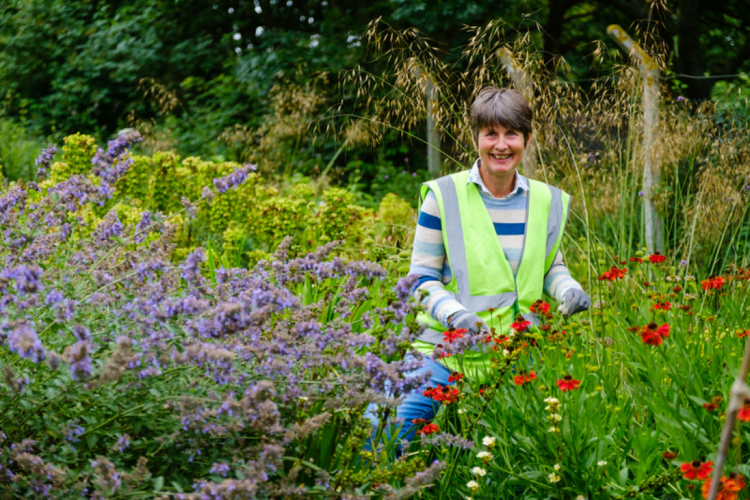Wildlife looks set to thrive after Greater Anglia revealed that yet more railway land has been converted into gardens and wildlife areas.
Volunteer station adopters across the TOC's network increased the area devoted to gardens by 2,000 square metres in 2023, bringing the total area to more than 9,000 square metres. There are 66 gardens on the network, which stretches from London Liverpool Street to Essex, Suffolk and Norfolk and parts of Cambridgeshire and Hertfordshire.
The new gardens are located at Acle, Braintree Freeport, Burnham-on-Crouch and Ware.
All station gardens are pledged to the WildEast movement which aims to return one fifth of the region back to nature. Locally, native wildlife is suffering a shocking decline as habitats are lost. Since 1970, there are 85% fewer tree sparrows, 68% fewer toads and a massive 93% decline in nightingales. Hedgehog numbers have collapsed from 30m to just one million.
The station gardens are already providing an additional habitat for local wildlife as well as food for pollinators. Volunteers work to make the stations attractive to human visitors, too, and care for flower planters on platforms, hanging baskets and window boxes.
Bee refugees, insect houses and bird boxes have also been installed. The railway is increasingly being seen as a ‘green corridor' by ecologists and station adopters are seeing a wide range of creatures visiting their stations. These include many different types of butterflies as well as bees, slow worms, bats, toads, foxes, deer and many varieties of birds, recording over 200 different species.

Greater Anglia has also partnered with the region's Wildlife Trusts to formally recognise the achievements of its teams of volunteer ‘station adopters' to create wildlife havens at stations. The new Greater Anglia Wildlife Friendly Stations Accreditation Scheme has, so far, accredited 19 stations.
Greater Anglia's Customer and Community Engagement Manager, Alan Neville, said: “Thanks to the care and attention of our team of station adopters, we have thousands upon thousands of plants thriving at our rail stations which helps not only to make them more welcoming, but are benefiting the environment too.
“Many of these gardens have been designed to be wildlife friendly, enhancing biodiversity and providing food, shelter and breeding places for many different types of wildlife, helping to improve the local environment and helping our stations to exist more harmoniously with their rural surroundings.”